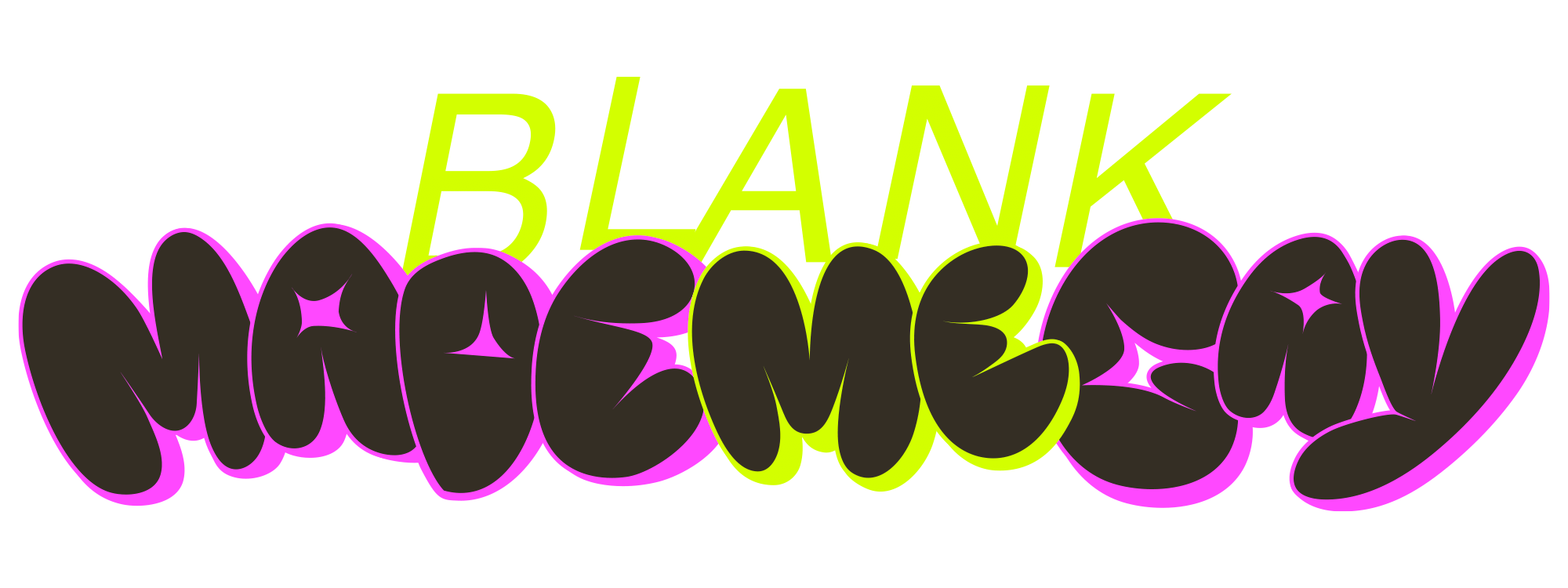“Can I ask you something?” I said tentatively to my partner as we sat on the couch one evening In 2018. I had my phone in my hand, open to the application page for a queer writers retreat.
“Do you think I technically qualify for this?” I asked.
He read the name of the retreat and excitedly told me to apply. There was no doubt in his mind. But there was plenty of it in mine: Was I queer enough to apply? I told my partner (who is a cis man) I was bisexual in the our early months of us dating, but could I still claim that label? How would I prove to people that I was queer?
AdvertisementADVERTISEMENT
I decided not to submit my work, and to forget about these questions.
Fast forward to the early days of the pandemic. Like many others I turned to wholesome hobbies to pass the time, I taught myself to embroider and cross-stitch via YouTube videos and online tutorials. I bought embroidery hoops, thread, a needle threader, needles and a marker with washable ink to draw patterns on cloth. I spent hours online looking for new projects and patterns. Soon, I was creating multiple pieces. I gave my best friend a hoop that reads “live, laugh, fuck off.” The design is off-center, but she loved it anyway. I mailed a friend in another state a beagle, similar to her own dog, which she proudly displayed in her office.
It was a quiet hobby. I got into a meditative state, the movement of the stitches lulling me, allowing my mind to slow down. And as my mind opened, so did my queerness.
In Subversive Stitch: Embroidery and the Making of the Feminine, art historian Rozsika Parker explores the history of Victorian embroidery in connection with femininity. In the 17th century, patterns included not just florals and other expected symbols, but also images that related back to biblical stories about Adam and Eve as well as the importance of husband and wife couples.
Embroidery was a safely feminine activity, and deeply tied to domesticity — and by extension straight marriage. Yet for me, it offered the space to reflect on my queerness.
Though I first came out at 15, I have often felt seriously behind in my journey. While a handful of my close friends knew about my girlfriend in high school, I wasn’t vocal about my queerness with coworkers or new friends. (I live in Los Angeles and I recognize the huge privilege of being in a largely progressive city as an adult, something not everyone experiences.) I occasionally sent out a tweet for #BiVisibility day, but was careful about what I posted on Instagram, knowing that my family friends and bosses followed me there. I kept waiting for the right moment to come out again, as an adult.
AdvertisementADVERTISEMENT
Embroidery is a solitary activity; just you and the thread, over and over. It taught me to give myself grace and patience while I reflected on how best to embrace the parts of myself that I often hid. There wasn’t going to be a single person, online quiz, or TV show that would make me feel finally queer enough to share my whole self with the world. For this second, more public coming out, it was up to me to accept myself. It took time to find ways for me to share more about my story. Earlier this year, I wrote a book review that clearly mentioned my relationship status and queerness; it was the first time I’d brought up my anxieties around feeling queer enough in an article published online.
As I continued on my embroidery journey, I learned new terminology, like the half-stitch: where you only fill in half of a square on your Aida cloth while cross-stitching. The half-stitch mimicked my journey to coming out again: some days I felt fully confident in my identity, other days I was hesitant to shout my queerness out loud, afraid what others might think or say. But each half-stitch is important for the composition as a whole.
There are no shortcuts in embroidery. With each new project, you make a stitch, then another, then another — until you get a complete piece. You can't rush that process. As an adult coming out to new friends and peers, I felt like I needed to make up for lost time. I wanted to fast forward to the moment when I would finally figure out my full self. But as I continue to explore my queer identity, I find myself slowly starting to loosen my grip on the need to find the right label for myself. Instead, I am learning to embrace the journey as a necessary and permanent part of my complete self.
Embroidery taught me patience. It taught me to embrace the idea of being a work in progress. And its teachings worked. I’ve become the person 2018 me wished she could be: A more openly proud, queer person – imperfections and all.
